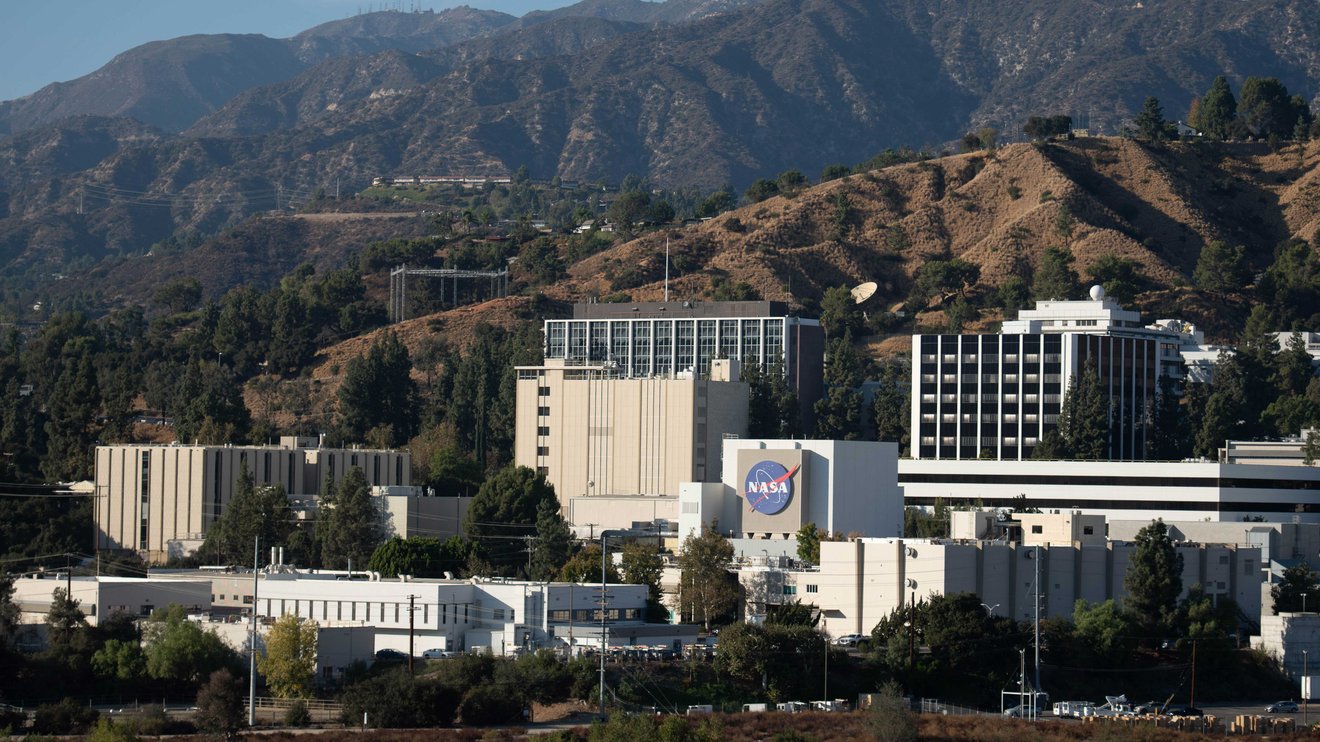NASA’s Jet Propulsion Lab has announced a second round of layoffs for 2024, this time laying off 325 people – about 5% of its workforce. The announcement was made on Nov. 12 in a memo sent to employees, which notes the layoffs could have been even larger. The last cut was made this past February, when 530 employees were let go. Part of the issues which forced the layoffs comes from the the possible cancelation of the Mars Sample Return mission. With the October 2024 launch of Europa Clipper, JPL doesn’t have a flagship mission in the pipeline right now.
Continue reading “NASA’s JPL Lays Off Another 325 People”NASA’s JPL Lays Off Another 325 People










